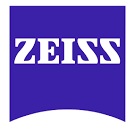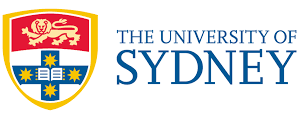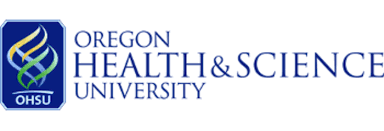HL7 FHIR® Implementation Guide: Ophthalmology Retinal, Release 1, published by HL7 International - Patient Care WG. This is not an authorized publication; it is the continuous build for version 0.1.0). This version is based on the current content of https://github.com/HL7/fhir-eyecare-ig/ and changes regularly. See the Directory of published versions
Contributors
To date, this endeavor’s achievements are owing to the commitment of an exclusively community-based, volunteer-driven collaboration of key ophthalmic and technical stakeholders. A large thanks to:
Research Institutions
The following research institutions have provided foundational support and endorsement
Additionally, many major peak ophthalmic medical bodies across the globe have informally endorsed this endeavor, but timeliness has prevented official board publication. Deepening engagement here is a priority for the next ballot cycle.
Industry Vendors
The following industry vendors have been integral to compilation of this implementation guide and its overarching goals through collaborative use case development, testing and validation of IG integrity at May ‘21 HL7 FHIR connectathon and subsequent plans for real world pilot implementation in clinical settings:
Diagnostic Device Manufacturers
Electronic Medical Record Vendors
Connectathon Participants
Ophthalmology track participants:
- Kerry Goetz (Associate Director, NEI Office of Data Science and Health Informatics at National Eye Institute (NEI) National eye institute, NIH, USA)
- Dr. Ashley Kras
- Dr. Nigel Morlet
- Dr. Hemal Mehta
- Marco Garcia
- Regis Deshayes
- Marita Bergman
- Alexander Gogol
- Warren Oliver
- Ashley Ramsay
- Leah King
- Adam Child
Clinical Domain Experts
The following clinical domain experts have provided major contribution, review and support:
Individuals
- Dr. Ashley Kras MBBS MBI (Project Lead) FRANCZO
- Prof. Mark Gillies, MBBS, MD., Ph.D, FRANZCO
- Prof. Thomas Hwang, MD
- A/Prof. John Miller, MD
- Dr. Hemal Mehta, MBBS MD (Cantab.), FRCOphth, FRANZCO
- Prof. Nigel Morlet, MBBS, FRANZCO, FRACS
Institutional affiliations
Implementation Guide Editors
The following technical experts drove and assembled this ophthalmology implementation guide
- Brett Esler (HL7 Australia, Oridashi)
- Warren Oliver (Oculo)
- Marco Garcia (Save Sight Registry)
Additional thanks to the volunteer expert input and review of the IG by Vivian Neilley and Jason Klotzerand team from Google as part of their community oriented initiative “R to O” (Research to Operation), which is resource-committed to developing and advancing open-source projects in healthcare, such as standards development.
The support and advice from both Dr. Simon Kos and Microsoft is much appreciated.
Project and Guidance
A sincere thanks to the following members and various working groups of the HL7 / FHIR community for their indispensable and dedicated navigational support, guidance and time
- Dr. Stephen Chu MBBS, Co-Chair, Patient Care Working Group, HL7 International
- Grahame Grieve, PhD, Product Director, FHIR, HL7 International
- HL7 international Patient Care Work Group co-chairs and members - September ballot sponsor
- HL7 international EHR Work Group co-chairs and members - September ballot co-sponsor
- Rob Hausum (Co-Chair, Patient Care Working Working Group, HL7 International)
Imaging Integration (HL7 international) / DICOM (WG 20) collaboration:
- Jonathan Whitbey (Co-Chair, Imaging Integration Working Group, HL7 International
- Chris Lindop (Co-Chair, Imaging Integration Working Group, HL7 International)
- Elliot Silver (Facilitator - vocabulary, Imaging Integration Working Group, HL7 International)
- Carolyn Hull (Secretariat, DICOM WG 20)
Specific Terminology Advisory
In addition to HL7 and the extended community, we’d like to acknowledge the input of the following standards and informatics bodies upon whose input and long standing iterative curation of developing medical terminologies was drawn indispensably.
- DICOM (Digital Imaging and Communications in Medicine) community
- SNOMED CT - a non-hierarchical codified language that represents groups of clinical terms; it has international applicability and regionally relevant adaptations
- LOINC (Logical Observation Identifiers Names and Codes) - open sourced database of terminologies that codifies laboratory and clinical observations
- ICD (International Classification of Diseases) - a World Health Organisation diagnostic classification system
- CPT © (Current Procedural Terminology) - The AMA (American Medical Association’s database of codes used to describe medical, surgical, and diagnostic services and is designed to communicate uniform information about medical services and procedures among physicians, coders, patients, accreditation organizations, and payers for administrative, financial, and analytical purposes
- The American Academy of Ophthalmology’s Medical Informatics and Technology Committee (chaired by Thomas Hwang, MD)












